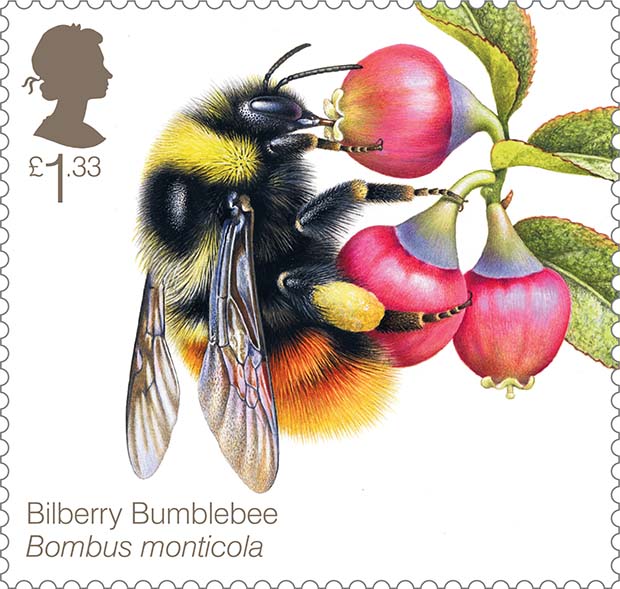Starting in 2012, a team led by Alex Aebi of the University of Neuchâtel, Switzerland, asked travelling colleagues, friends and relatives to bring back honey when they went abroad. In three years they amassed 198 samples from every continent except Antarctica, and tested them for neonicotinoids. They found that three-quarters of the samples contained at least one of the five neonicotinoid pesticides. Of those, nearly half contained between two and five different neonicotinoids. Most worryingly, in 48 per cent of the contaminated samples, the neonicotinoids were at levels that exceeded the minimum dose known to cause “marked detrimental effects” in pollinators. They found at least one of five tested compounds (acetamiprid, clothianidin, imidacloprid, thiacloprid, and thiamethoxam) in 75% of all samples, 45% of samples contained two or more of these compounds, and 10% contained four or five. The results confirm the exposure of bees to neonicotinoids in their food throughout the world. The coexistence of neonicotinoids and other pesticides may increase harm to pollinators. However, the concentrations detected are below the maximum residue level authorized for human consumption (average ± standard error for positive samples: 1.8 ± 0.56 nanograms per gram). “The situation is indeed bad for pollinators,” says Aebi.
“Finding neonicotinoids in honey is perhaps not surprising,” says Christopher Connolly of the University of Dundee, UK. After all, the pesticides are widely used. “But to find neuroactive levels, in so many samples at many global sites, is shocking.”
Bees survive the winter by eating honey, so the results imply they are chronically exposed to neonicotinoids. “Recent scientific evidence showed an increased sensitivity to neonicotinoids after frequent or long-term exposure,” says Aebi.
Source: New Scientist, 5 Oct 2017
https://www.newscientist.com/article/2149597-neonicotinoid-pesticides-f…
Journal reference: Science, DOI: 10.1126/science/aan3684

- Login om te reageren

The disaster in the insect world is real
The three catastrophic disadvantages of neonicotinoid insecticides are 1. extreme cumulative toxicity to insects with no indication of a threshold, 2. high leaching and runoff potential leading to contamination of groundwater and surface water, 3. persistence in soil and water. If honey samples are found to be contaminated with neonicotinoids on a global scale, we may assume likewise contamination of the environment on a global scale. Chronic exposure of non-target insects to neonicotinoids is bound to cause decline of insects and insectivores. We have created a toxic landscape for insects. If the insect biomass determinations conducted in Krefeld, Germany in 1989 and 2013 are anything to go by four out of five insects have already gone. The disaster I predicted in my book in 2010 is real.